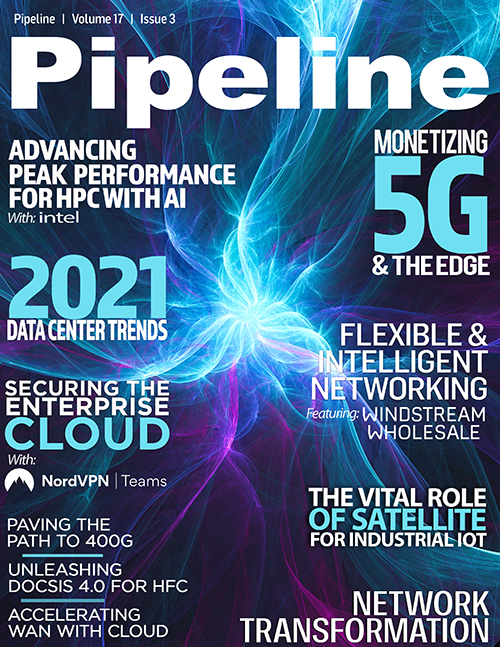The Vital Role of Satellite
Adoption challenges
These core features can address many user concerns, but solution providers still face challenges convincing customers to adopt dual mode. For one, there remains a misconception around satellite services that they are extremely expensive. This perception held merit many years ago, when satellite was being introduced to the IoT market, but satellite services have significantly come down in cost since then. At the same time, many organizations relying on industrial IoT solutions believe that cellular connectivity is sufficient, on its own, for always-on tracking. Due to blind spots, congested networks, and regions without cellular service, most organizations face interruptions in connectivity. This can be disastrous, even with minimal interruption, in many industries. One example is in the refrigerated freight transport industry, where regulatory compliance can only be ensured with always-on connectivity, alongside avoiding spoilage of goods, which can be extremely costly.
Another major challenge in introducing dual-mode IoT solutions to the market is deployment. For organizations that have spent six or seven figures deploying IoT devices, asking them to replace these devices, unless necessary, is not likely to resonate. To overcome this challenge, solution providers are offering clever ways to allow organizations to upgrade. The aforementioned “satellite as an accessory” solution is helpful for organizations that have already deployed cellular IoT. In the case of a transportation fleet that uses cellular telematics, being able to quickly install a satellite add-on to their assets is extremely valuable. Downtime is costly for fleets, so being able to get trucks and trailers back on the road is paramount.
To capitalize on the evolution of satellite networks, ORBCOMM is also offering over-the-air device updates. As we launch new, high-data-rate services, we need an easier way to make these services available to customers. By providing over-the-air updates, we allow customers to capitalize on services that can give customers the insights they are demanding from their IoT solutions, without incurring added costs and time.
The way forward
As satellite and cellular converge to provide more complex and reliable IoT solutions, what does that mean for the future of the industry? It certainly doesn’t mean that standalone satellite or cellular solutions are going anywhere. Satellite is crucial for use cases such as maritime vessel tracking, or fixed assets outside of cellular range, such as gas pipelines. At the same time, cellular-based solutions are sometimes sufficient for tracking assets that don’t travel into remote regions, particularly where cost, rather than reliability, is the primary factor in choosing a solution. Still, more and more organizations will choose both to achieve the best in reliability and futureproofing.
Think, for example, of a transportation fleet that rarely, if ever travels outside of cellular range. What happens if the infrastructure the fleet relies on is damaged in a natural disaster, like a tornado? The added reliability of satellite can be crucial during natural disasters to maintain operational efficiency and customer communications. The addition of satellite to a cellular IoT solution ultimately comes at a low cost—all it takes is a simple antenna or communications device. The airtime represents a small portion of total usage, keeping costs low.
The future of the industrial Internet of things is likely to include a lot more collaboration between satellite and cellular. This can only be a good thing: customers get better services as costs come down, while also driving innovation in both networks. We’ll see higher data rates and lower costs from satellite, while cellular will achieve better reliability. This is good for every organization in the industrial IoT. Whether a company is using satellite, cellular or both; everyone gets to reap the benefits of network convergence.



















